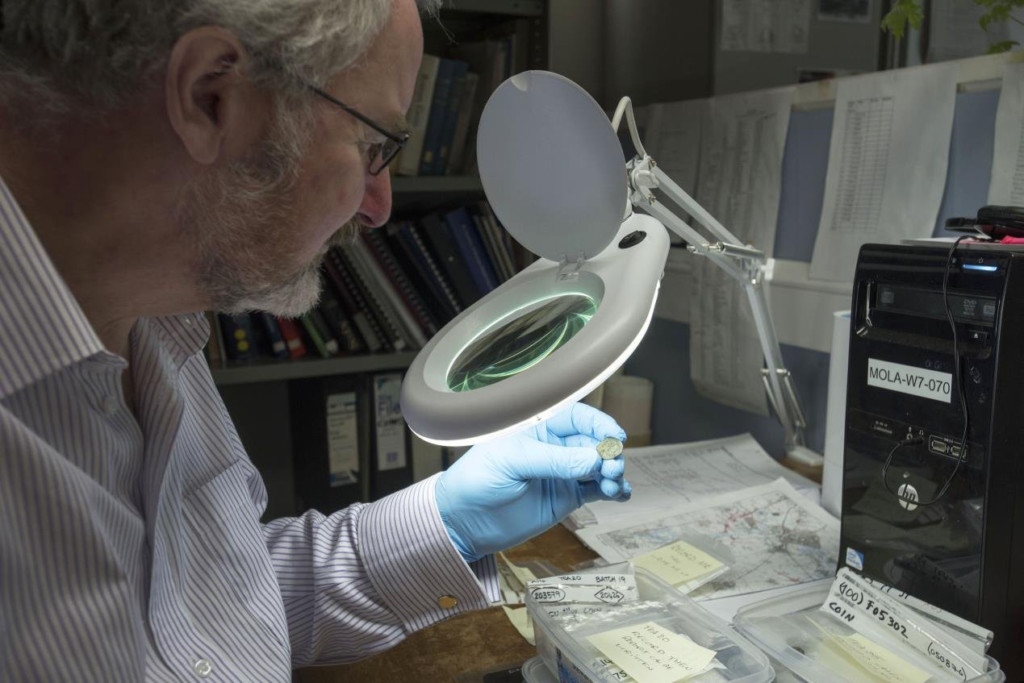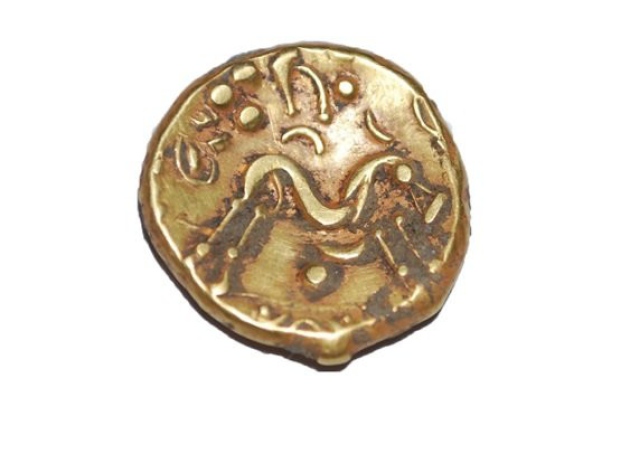An extremely Rare Roman Coin Uncovered in England

Archeologists working on the upgrade of the A14 between Huntingdon and Cambridge discovered an extremely rare coin showing a Roman emperor who reigned only for two months.

Ulpius Cornelius Laelianus ‘ “radiate” coin is only the second to be found and is named after the emperor’s radiate crown.
The find is important because Laelianus, who was killed in the siege of Mainz, ruled a breakaway empire from Rome for only a short spell in the 3rd century and there is little evidence of his reign.
Archaeologists believe the coin only arrived in Britain after the emperor’s demise.
Dr Steve Sherlock, archaeology lead for the A14 on behalf of Highways England, said: “Discoveries of this kind are incredibly rare.
This is one of many coins that we have found on this exciting project but to find one where there are only two known from excavations in this country that portray this particular emperor really is quite significant.

“I look forward to seeing how the analysis of this find, along with numerous other Roman remains that we have found on this project, help us better understand our past.”The coin was found in a ditch on a small Roman farmstead.
Julian Bowsher, a coin specialist at archaeology firm MOLA Headland Infrastructure, said: “Roman emperors were very keen to mint coins.
Laelianus reigned for just 2 months, which is barely enough time to do so. However, coins were struck in Mainz, Germania.”
The fact that 1 of these coins ever reached the shores of Britain demonstrates remarkable efficiency and there’s every chance that Laelianus had been killed by the time this coin arrived in Cambridgeshire.”
An even older coin, dating back to 57 BC has been found on the A14 dig and it is believed to have come from France where it was thought to have been minted to help fund resistance to Julius Caesar.
Pioneering work on the A14 upgrade, which has seen archaeological excavations its 21 mile length, won the rescue project of the year award at the Current Archaeology Awards. Thousands of items of interest have been discovered.
The upgraded road is expected to open to traffic in December 2020.
Source: bbc





